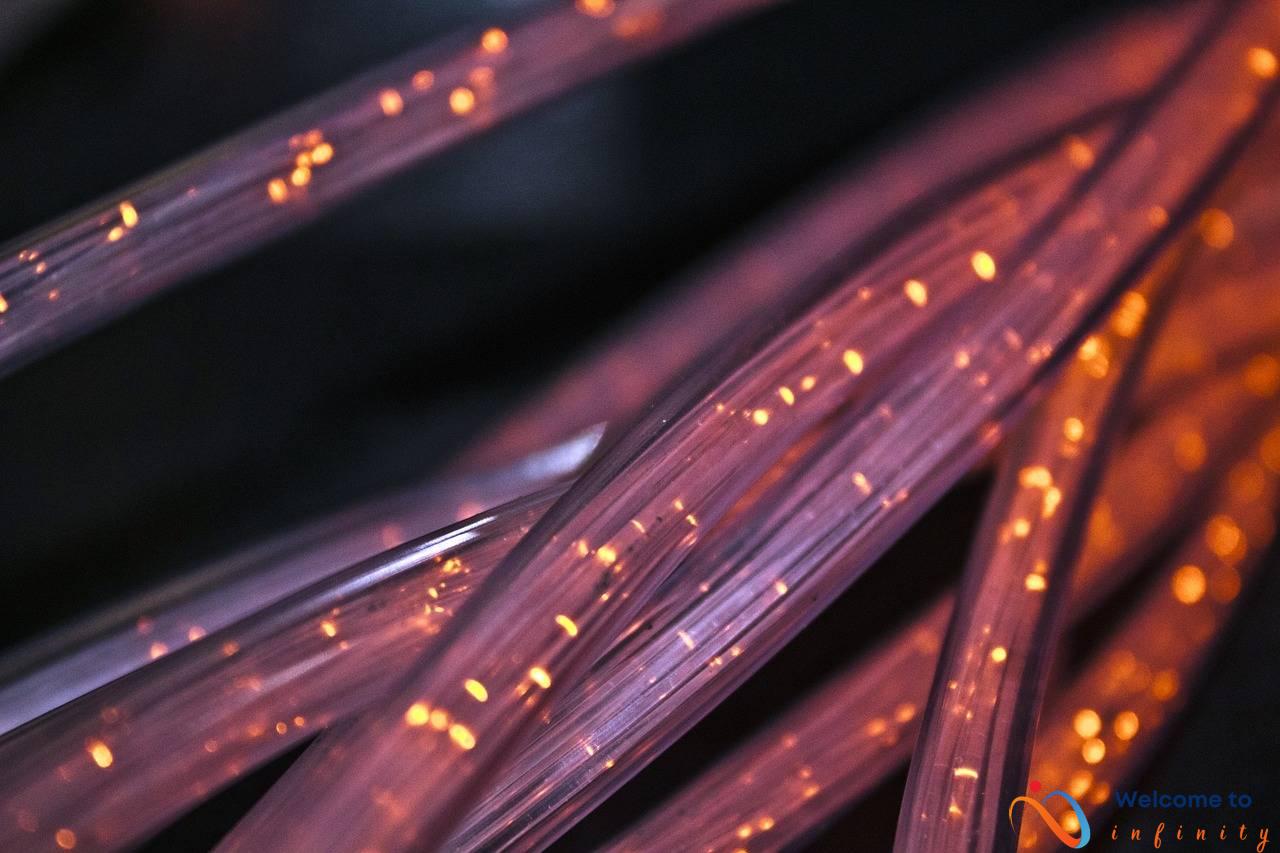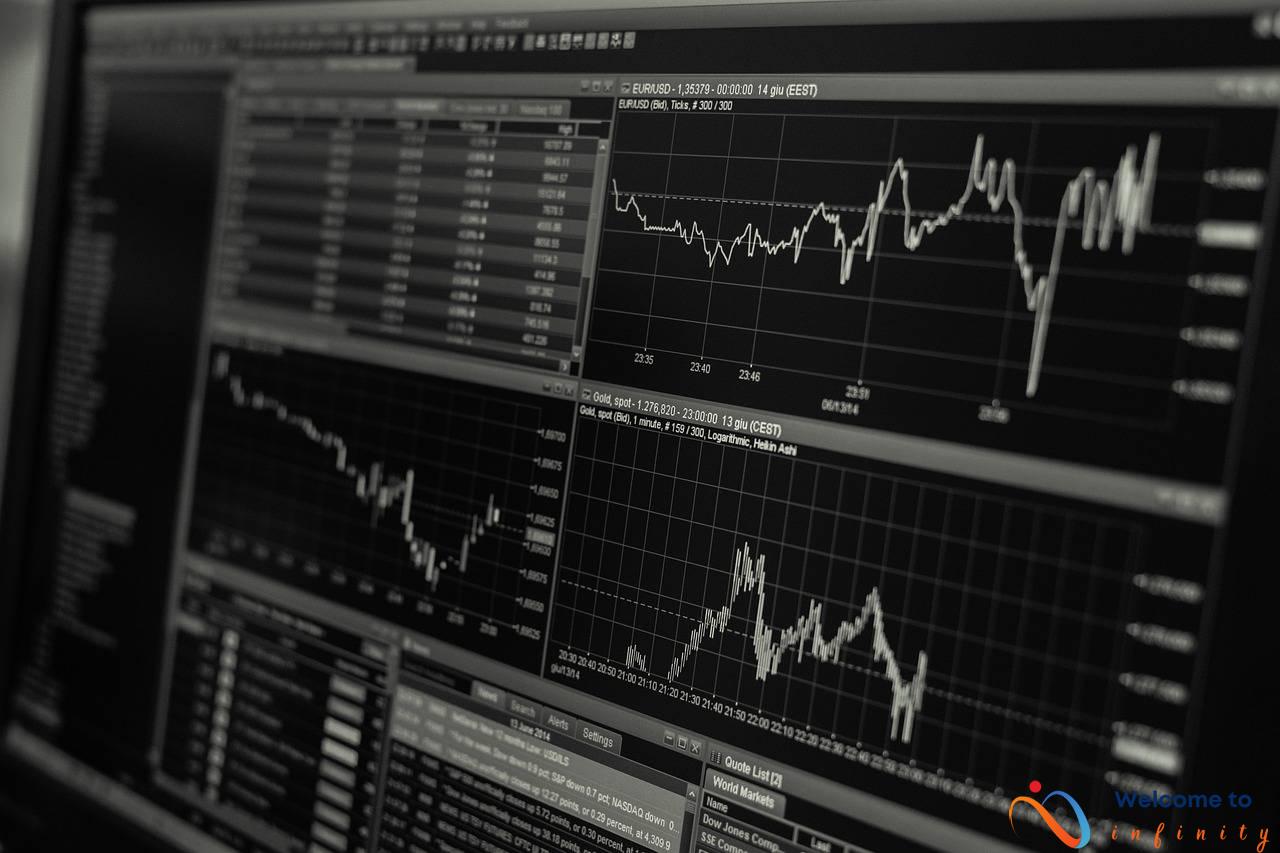Robotic Agriculture is a revolutionary technology that involves the use of specialized robots in the field of agriculture to perform essential farming operations. This technology has the potential to transform the agriculture industry by improving productivity, reducing operational costs, and enhancing sustainability. With the increasing demand for food and the growing global population, Robotic Agriculture is undoubtedly the agricultural technology of the future that can revolutionize the way we farm.
The application of Robotic Agriculture in the field of farming is not limited to one area. It has a broad range of applications, from planting and sowing to harvesting and spraying. By using robotic planters and seeders, farmers can rest assured that their crops are planted precisely and efficiently. Similarly, Robotic harvesters can pick the fruit and vegetables at the right time, without the need for manual labor, reducing costs and improving efficiency. In addition, Robotic sprayers and weeders can spray the right amount of pesticides or herbicides accurately, ensuring the safety of crops and reducing the amount of chemicals used.
The benefits of Robotic Agriculture are enormous. By automating tasks, it increases productivity and yields. This technology reduces labor costs and minimizes waste, making it cost-efficient. The robots have sensors that can monitor plant health, reducing the use of pesticides and herbicides, and conserving water and energy. The reduction in the use of these chemicals also means reducing greenhouse gas emissions, making it an eco-friendly option. Furthermore, by applying fertilizer precisely where it is needed, Robotic Agriculture prevents over-fertilization, which can cause soil depletion and contamination of groundwater.
What is Robotic Agriculture?
Robotic Agriculture is the use of specialized robots for agricultural purposes to perform various farming operations. These robots are designed to enhance productivity, reduce operational costs, and improve sustainability. By incorporating robotics technology in agriculture, farmers can perform operations with higher accuracy, precision, and speed than traditional methods.
The robots used in Robotic Agriculture are specialized for agricultural tasks, such as planting, harvesting, weeding, spraying, and monitoring crops. These robots are equipped with sensors, GPS mapping, and artificial intelligence to collect data and perform tasks efficiently. With the help of these robots, farmers can save time, reduce labor costs, and optimize resource utilization.
Robotic Agriculture has the potential to revolutionize the agriculture industry by addressing the challenges of labor shortage, changing weather patterns, and decreasing farm income. With the use of robotics technology, farmers can increase their productivity and yield, reduce waste, and improve sustainability. Farmers can use data collected by robotic sensors to make informed decisions about crop management, water and resource utilization, and pest control.
Applications of Robotic Agriculture
Robotic Agriculture technology has revolutionized the way farming is done by introducing agricultural robots that have numerous applications. One of the most significant advantages of using robots in agriculture is their flexibility in performing various tasks. From planting and sowing to harvesting and spraying, there are several applications of Robotic Agriculture that can enhance productivity and sustainability in the agriculture industry.
In the planting and sowing process, agricultural robots come with specialized seeders and planters that can accurately and efficiently plant crops with minimal labor. These robots can ensure that the crops are planted at the correct depth, spacing, and in the right soil conditions, ensuring optimal growth of the plants. Robotic planters can also adjust the seed rates depending on the soil types and moisture levels, ensuring the proper use of seeds, and allowing farmers to optimize their resource usage.
Harvesting is another application of Robotic Agriculture that has gained popularity in recent years. The use of robotic harvesters can help farmers reduce labor costs and improve efficiency by providing accurate and quick picking of fruits and vegetables. These robots are equipped with sensors and machine vision technology that can identify the ripe fruits and vegetables and pick them without causing damage to the crops.
Lastly, Robotic Agriculture has applications in the field of spraying and weeding. Robotic sprayers and weeders use advanced sensors and machine learning algorithms to detect and differentiate crops from weeds, enabling them to apply the right amount of herbicides and pesticides accurately. This functionality helps ensure that the pesticides or herbicides are not wasted and are applied precisely where they are needed.
In conclusion, Robotic Agriculture has multiple applications that can improve productivity, reduce operational costs, and enhance sustainability in the agriculture industry. The use of robots can bring automation to the agriculture sector and help farmers optimize their resources, resulting in higher yields and profits.
Planting and Sowing
One of the primary benefits of Robotic Agriculture is its ability to plant crops precisely and efficiently using robotic planters and seeders. These specialized robots can operate autonomously, using GPS and mapping technology to navigate the fields and plant the crops without the need for human intervention.Robotic planters are capable of planting seeds at optimal depths and spacing, ensuring uniformity and maximizing the yield of the crop. The machines can also work faster and for longer hours than human labour, speeding up the planting process and improving productivity.Moreover, because robotic planters are highly accurate, they can reduce seed waste and save resources by using seed packets more efficiently. They can also optimize the use of fertilizers and water, allowing for more efficient use of resources and lower operational costs.With the help of this technology, farmers can reduce the need for human labor and focus on more important tasks such as monitoring the health and growth of their crops, improving production systems and analyzing data to increase yield and profit.
Harvesting
Harvesting crops can be a labor-intensive and time-consuming process. With the help of robotic harvesters, farmers can save time and reduce costs. These machines can pick fruits and vegetables at the right time, ensuring high-quality produce. Robotic harvesters can navigate through the fields and identify the ripe crops, then gently pick them without causing any damage.
Robotic harvesters have sensors and cameras that can detect the color, size, and shape of the produce. This information is used to determine whether the crop is ready for picking. The machine's arms are equipped with soft grippers that can grasp the produce gently, avoiding any bruising or crushing.
Robotic harvesters can work 24/7, which is not possible with manual labor, and can cover large areas quickly and efficiently. This means that farmers can harvest more crops in less time, thus increasing their productivity and reducing costs. The machines can operate in various weather conditions, which can be challenging for manual laborers.
Robotic harvesters can improve the efficiency of the harvesting process, reducing the need for human labor and minimizing errors. These machines can save farmers a significant amount of time and money, while improving the quality of their products. The reduction in labor costs can help farmers lower their operational costs and increase their profits.
Spraying and Weeding
Robotic sprayers and weeders have revolutionized the way pesticides and herbicides are sprayed in agriculture. These robots can spray the right amount of chemicals more accurately, making sure that the crops are safe and the chemicals are used efficiently. This is a significant improvement from traditional methods, where farmers may overspray or underspray, causing harm to the crops or the environment.
In addition to spraying, robotic weeders can also eliminate the need for chemical weed control by using precision technology to identify and remove weeds. By reducing the use of harmful chemicals, robotic weeders can minimize the damage to the soil and improve plant health overall. This is a significant step towards more sustainable agriculture.
- Robotic sprayers and weeders can save farmers time and money by requiring less labor and manual effort.
- They can also improve safety for workers by eliminating the need to handle dangerous chemicals.
- Robotic spraying and weeding can even work at night when temperatures are cooler, preventing evaporation of the chemicals and reducing the risk of spray drift.
Overall, robotic sprayers and weeders have transformed the way we think about pesticide and herbicide use in agriculture. By reducing chemical use and improving safety and efficiency, they are making agriculture more sustainable for the future.
Benefits of Robotic Agriculture
Robotic Agriculture has revolutionized the agriculture industry by providing a range of benefits that can facilitate sustainable food production. Here are some of the benefits of Robotic Agriculture:
Robotic Agriculture can perform tasks with precision, accuracy, and speed, improving productivity and yield. Robots can work 24/7 without fatigue or the need for breaks, ensuring that the work is completed efficiently and on time. Additionally, robots can cover more areas in less time compared to humans, increasing the amount of work that can be completed in a day.
Robotic Agriculture can reduce operational costs in several ways. Firstly, it can automate tasks that are usually performed by humans, reducing the need for manual labor and associated labor costs. Secondly, robotics can optimize resource utilization, such as water and fertilizer, reducing the waste and cost associated with their use. Finally, robotics can minimize errors, such as over or under-spraying, further reducing waste and operational costs.
Robotic Agriculture can facilitate sustainable food production through several environmentally friendly practices. Robotic Agriculture can reduce the use of pesticides and herbicides, as robots can precisely apply the required amount of chemicals, reducing the amount of chemicals used. Additionally, robots can monitor plant growth, enabling precision irrigation, and fertilization, reducing water consumption and nutrient runoff. Finally, robots can also enable precision harvesting, reducing waste and ensuring that only mature crops are picked, improving food quality and reducing greenhouse gas emissions associated with spoilage.
Overall, Robotic Agriculture has the potential to revolutionize the agriculture industry by producing sustainable food in an efficient, cost-effective, and environmentally friendly way.
Increased Productivity
Robotic Agriculture has the potential to revolutionize the way that farming is done. With the help of agricultural robots, farmers can now perform a range of tasks with high precision, accuracy, and speed, resulting in increased productivity and yield.
Robotic Agriculture can perform repetitive tasks such as planting, sowing, and weeding autonomously, which can help farmers save time and money. Planting and sowing can be done with high precision and accuracy, ensuring that crops are planted at the optimal spacing and depth. This can result in better utilization of land and resources, leading to higher yields and improved productivity.
Robotic Agriculture can also perform harvesting tasks more efficiently than manual labor, resulting in increased productivity. Robotic harvesters can pick fruits and vegetables at the right time without causing damage to the crops, and can do so with greater speed and efficiency than manual labor.
Furthermore, Robotic Agriculture can help farmers optimize their resources, resulting in higher productivity and yield. For example, sensors on agricultural robots can monitor soil moisture levels, temperature, and other environmental factors, providing farmers with data that can help them make informed decisions about irrigation and fertilization. This can result in better crop growth and higher yields, as well as lower operational costs.
In summary, Robotic Agriculture can significantly increase productivity and yield by performing repetitive tasks with high precision, accuracy, and speed. This technology can help farmers optimize their resources, reduce operational costs, and improve sustainability, making it an attractive option for the agriculture industry.
Reduced Operational Costs
Robotic Agriculture offers significant cost-saving advantages to farmers by reducing operational costs. One of the significant costs in farming is labor. The use of agricultural robots can reduce labor costs by minimizing the need for human labor to perform tasks such as planting, harvesting, and weeding. With robots handling these repetitive tasks, farmers can optimize human labor for other higher value-added activities.
In addition, Robotic Agriculture can minimize waste by precisely measuring and optimizing the use of inputs such as water, fertilizers, and pesticides. By using robots to apply inputs, farmers can reduce the amount of inputs used and monitor the efficiency of operations, leading to cost savings.
Furthermore, Robotic Agriculture can optimize resources such as crop yield, soil quality, and land use. By using robots to monitor soil quality and crop health, farmers can avoid over-farming or under-farming, resulting in increased crop yield and reduced waste. This optimized use of resources further reduces operational costs and leads to a more sustainable farming approach.
Therefore, the integration of robotic agriculture technology can revolutionize the agriculture industry by improving operational efficiency and reducing operational costs.
Improved Sustainability
Robotic Agriculture has the potential to greatly enhance sustainability in the agriculture industry. One of the most significant ways in which robotic agriculture can promote sustainability is by reducing the use of pesticides and herbicides. With the help of robotic sprayers, farmers can accurately and precisely spray the right amount of pesticides or herbicides, reducing the amount of chemicals used and minimizing the risk of overuse.
Another way in which robotic agriculture can enhance sustainability is by conserving water and energy. By using precision sensors and data analytics, robotic systems can optimize water and energy usage, reducing waste and conserving resources. This can help farmers to reduce their environmental impact and operate in a more sustainable manner.
Furthermore, robotic agriculture can reduce greenhouse gas emissions. With the use of electric-powered or autonomous vehicles, robotic systems can minimize or eliminate the need for fossil fuels, reducing emissions from farming operations. Additionally, robotic systems can optimize the use of resources, reducing waste and conserving energy, which further helps to reduce greenhouse gas emissions.
Overall, the applications of robotic agriculture in reducing the use of pesticides and herbicides, conserving water and energy, and reducing greenhouse gas emissions, can significantly enhance sustainability in the agriculture industry. By adopting these technologies, farmers can operate in a more efficient and sustainable manner, promoting a healthier ecosystem and a greener future.












